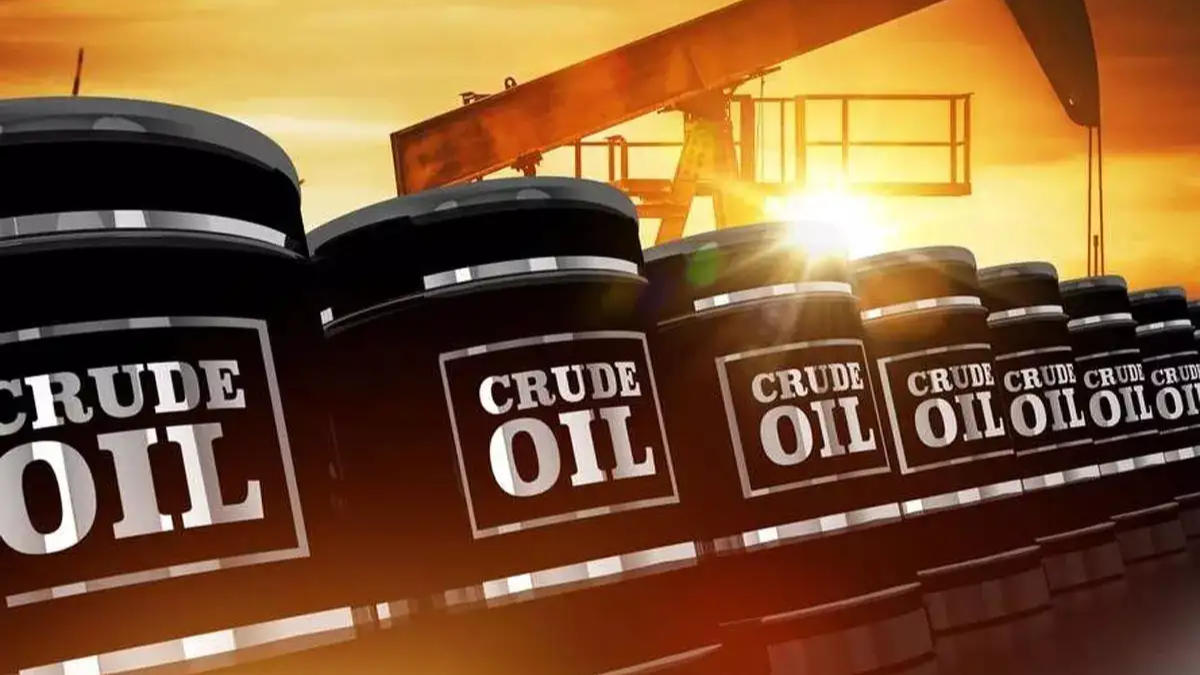After months of elevated fuel costs, U.S. drivers may finally see relief at the pump. Analysts and energy experts are predicting a sharp drop in gas prices across the country in the coming weeks, driven by several key global and domestic factors.
This forecast comes as welcome news for consumers who have been grappling with inflation and higher transportation expenses since early 2024.
According to the U.S. Energy Information Administration (EIA), national average gasoline prices have hovered around $3.60 per gallon in recent weeks, but some forecasts suggest they could dip below $3.30 by late May 2025. The anticipated decline stems from easing crude oil prices, increased refinery output, and decreased seasonal demand.
Why Are Gas Prices Expected to Fall?
Several forces are contributing to the projected drop in gas prices. First and foremost, international oil markets are stabilizing. Crude oil prices—one of the biggest factors in gasoline costs—have dropped significantly in recent days due to stronger global supply and diplomatic developments in key oil-producing regions.
Here are the primary reasons for the expected decline:
- Increased Refinery Production: U.S. refineries have ramped up production as we move further into the spring season, following scheduled maintenance in March and April. The added output has improved fuel availability in several regions.
- Weaker Global Demand: Economic slowdowns in major markets like China and Europe have led to reduced oil consumption, easing pressure on global supplies.
- Oil Price Stability: West Texas Intermediate (WTI) crude recently fell to $76 per barrel, down from nearly $85 in March. Brent crude also showed declines, signaling reduced input costs for gasoline production.
- Strong Domestic Supply: The EIA reported a higher-than-expected increase in U.S. crude oil and gasoline inventories, signaling a well-stocked supply chain.
Patrick De Haan, head of petroleum analysis at GasBuddy, remarked, “We’re starting to see the seasonal transition kick in. Refiners are catching up with demand, and the downward pressure on oil prices is now showing up at the pump.”
Where Will Prices Drop the Most?
While national averages are expected to fall, the actual savings drivers will experience can vary by state. Regions like the Midwest, Gulf Coast, and parts of the South are likely to see the sharpest declines due to proximity to major refineries and lower transportation costs.
- Midwest: States such as Ohio, Indiana, and Illinois may see average gas prices fall below $3.20 per gallon.
- Gulf Coast: Texas and Louisiana, which are home to significant refining capacity, could benefit the most from lower wholesale prices.
- West Coast: California, Oregon, and Washington will likely still face higher prices due to state taxes and environmental regulations, but modest drops are still expected.
De Haan noted that “some cities could see prices dip below $3 for the first time in months, particularly in areas with high competition among stations.”

How Long Will the Lower Prices Last?
While this trend brings welcome news, experts caution that the relief may be temporary. Summer travel season, typically beginning around Memorial Day, historically brings a surge in demand. If refinery output can’t keep pace, prices could rise again in June and July.
Additionally, geopolitical risks and weather-related disruptions—like hurricanes along the Gulf Coast—could impact supply and prices later in the year.
Still, analysts remain optimistic for now. AAA spokesperson Andrew Gross said in a recent press release, “Barring any major disruptions, the current trend points to more affordable fuel heading into early summer.”
To track local gas prices and trends in real time, consumers can use resources like the AAA Gas Prices Tracker, which provides daily updates based on ZIP code.
Conclusion: A Welcome Break for American Drivers
As the nation continues to recover from stubborn inflation and elevated living costs, a drop in gas prices offers timely relief. With crude oil prices easing, refinery output rising, and demand tapering off, all indicators suggest that the pain at the pump may soon ease—at least for the short term.
For millions of Americans preparing for summer road trips or simply commuting to work, the forecasted price drop could result in real savings and renewed consumer confidence. While uncertainties always linger in the energy market, drivers can finally look forward to pulling up to the gas station without dread.
To stay updated on national trends and fuel forecasts, visit the U.S. Energy Information Administration’s gasoline and diesel fuel update, which provides current pricing and regional breakdowns.
Disclaimer – Our team has carefully fact-checked this article to make sure it’s accurate and free from any misinformation. We’re dedicated to keeping our content honest and reliable for our readers.
